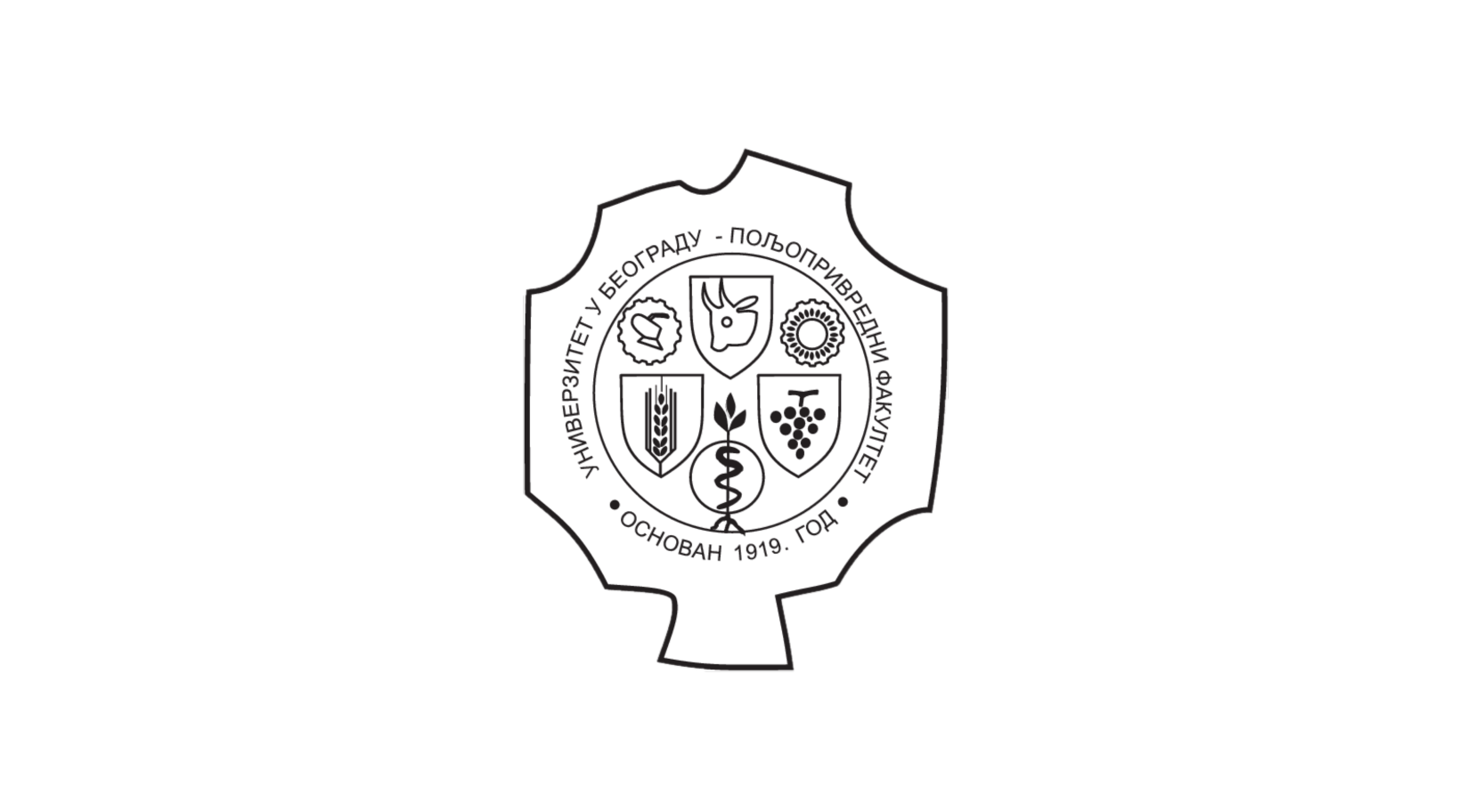Efficiency of PEG secondary concentration and PCR for the simultaneous concentration and quantification of foodborne bacteria, viruses and protozoa
Само за регистроване кориснике
2020
Чланак у часопису (Објављена верзија)

Метаподаци
Приказ свих података о документуАпстракт
Fresh fruits are a potential source of many different pathogens, including bacteria, enteric viruses and protozoa that may pose serious health risks. The consumption of raspberries has been widely associated with large foodborne outbreaks and because of the low concentration at which most of these pathogens are found, sensitive and accurate detection methods are required. Methods that would allow for an accurate and sensitive simultaneous elution and concentration of the different classes of pathogens would decrease the time for analysis, the costs associated and the expertise necessary. In this study we explored the use of polyethylene glycol (PEG) secondary concentration to simultaneously concentrate bacteria, enteric viruses and protozoa from raspberries. PEG secondary concentration showed good recovery rates for all the organisms tested. This work indicates that PEG secondary concentration followed by quantitative (Reverse Transcription) Polymerase Chain Reaction (q(RT)PCR) may be ...a relevant alternative to standardized methods for the simultaneous concentration of bacteria, enteric viruses and protozoa.
Кључне речи:
foodborne microorganisms / PEG concentration / raspberries / enterovirus / cryptosporidium / recoveryИзвор:
FEMS Microbiology Letters, 2020, 367, 10Издавач:
- Oxford Univ Press, Oxford
DOI: 10.1093/femsle/fnaa085
ISSN: 0378-1097
PubMed: 32436572
WoS: 000553172200007
Scopus: 2-s2.0-85085585970
Институција/група
Poljoprivredni fakultetTY - JOUR AU - Monteiro, Silvia AU - Šmigić, Nada AU - Rajković, Andreja AU - Santos, Ricardo PY - 2020 UR - http://aspace.agrif.bg.ac.rs/handle/123456789/5246 AB - Fresh fruits are a potential source of many different pathogens, including bacteria, enteric viruses and protozoa that may pose serious health risks. The consumption of raspberries has been widely associated with large foodborne outbreaks and because of the low concentration at which most of these pathogens are found, sensitive and accurate detection methods are required. Methods that would allow for an accurate and sensitive simultaneous elution and concentration of the different classes of pathogens would decrease the time for analysis, the costs associated and the expertise necessary. In this study we explored the use of polyethylene glycol (PEG) secondary concentration to simultaneously concentrate bacteria, enteric viruses and protozoa from raspberries. PEG secondary concentration showed good recovery rates for all the organisms tested. This work indicates that PEG secondary concentration followed by quantitative (Reverse Transcription) Polymerase Chain Reaction (q(RT)PCR) may be a relevant alternative to standardized methods for the simultaneous concentration of bacteria, enteric viruses and protozoa. PB - Oxford Univ Press, Oxford T2 - FEMS Microbiology Letters T1 - Efficiency of PEG secondary concentration and PCR for the simultaneous concentration and quantification of foodborne bacteria, viruses and protozoa IS - 10 VL - 367 DO - 10.1093/femsle/fnaa085 ER -
@article{
author = "Monteiro, Silvia and Šmigić, Nada and Rajković, Andreja and Santos, Ricardo",
year = "2020",
abstract = "Fresh fruits are a potential source of many different pathogens, including bacteria, enteric viruses and protozoa that may pose serious health risks. The consumption of raspberries has been widely associated with large foodborne outbreaks and because of the low concentration at which most of these pathogens are found, sensitive and accurate detection methods are required. Methods that would allow for an accurate and sensitive simultaneous elution and concentration of the different classes of pathogens would decrease the time for analysis, the costs associated and the expertise necessary. In this study we explored the use of polyethylene glycol (PEG) secondary concentration to simultaneously concentrate bacteria, enteric viruses and protozoa from raspberries. PEG secondary concentration showed good recovery rates for all the organisms tested. This work indicates that PEG secondary concentration followed by quantitative (Reverse Transcription) Polymerase Chain Reaction (q(RT)PCR) may be a relevant alternative to standardized methods for the simultaneous concentration of bacteria, enteric viruses and protozoa.",
publisher = "Oxford Univ Press, Oxford",
journal = "FEMS Microbiology Letters",
title = "Efficiency of PEG secondary concentration and PCR for the simultaneous concentration and quantification of foodborne bacteria, viruses and protozoa",
number = "10",
volume = "367",
doi = "10.1093/femsle/fnaa085"
}
Monteiro, S., Šmigić, N., Rajković, A.,& Santos, R.. (2020). Efficiency of PEG secondary concentration and PCR for the simultaneous concentration and quantification of foodborne bacteria, viruses and protozoa. in FEMS Microbiology Letters Oxford Univ Press, Oxford., 367(10). https://doi.org/10.1093/femsle/fnaa085
Monteiro S, Šmigić N, Rajković A, Santos R. Efficiency of PEG secondary concentration and PCR for the simultaneous concentration and quantification of foodborne bacteria, viruses and protozoa. in FEMS Microbiology Letters. 2020;367(10). doi:10.1093/femsle/fnaa085 .
Monteiro, Silvia, Šmigić, Nada, Rajković, Andreja, Santos, Ricardo, "Efficiency of PEG secondary concentration and PCR for the simultaneous concentration and quantification of foodborne bacteria, viruses and protozoa" in FEMS Microbiology Letters, 367, no. 10 (2020), https://doi.org/10.1093/femsle/fnaa085 . .


